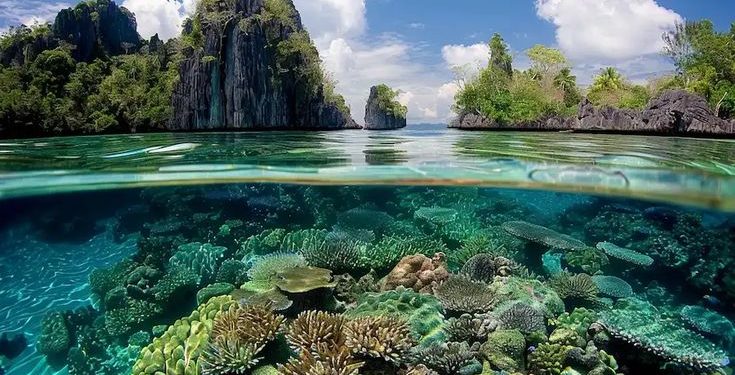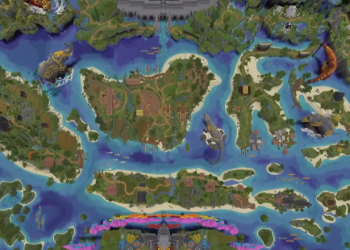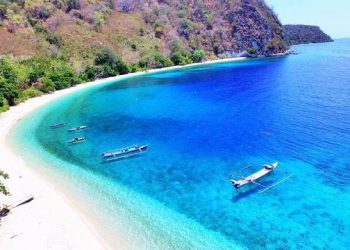Jakarta, Indonesia Sentinel — The government of Indonesia has unveiled a new guide designed to enhance the planning and management of the country’s marine protected areas (MPAs). The guide aims to support marine conservation efforts in Indonesia and the country’s commitment to protecting 30% of its marine waters by 2045.
The guide, developed by the Ministry of Marine Affairs and Fisheries (KKP) in collaboration with Konservasi Indonesia, the Rekam Nusantara Foundation, and a consortium of environmental NGOs, was officially launched in Jakarta on Thursday (April 24).
Officials say the Cost-Benefit Analysis Guide for Conservation Areas marks a significant step forward in promoting sustainable ecosystem management while also improving the socio-economic well-being of local communities.
The guide lays out a clear, practical roadmap for conducting cost-benefit analyses as part of marine conservation planning and management. Its ultimate goal is to support Indonesia’s commitment to protecting 30% of its marine waters by 2045, in line with global biodiversity conservation targets.
Director of Ecosystem Conservation at KKP, Firdaus Agung states that the guide is not only just for ecological purposes, highlighting much bigger issues.
“We often emphasize the ecological and ecosystem benefits of conservation, such as preserving coral reefs, but we must also acknowledge the broader impact on local communities and regional governments,” he added.
“This guide helps us expand conservation literacy to include transparent, accountable social and economic benefits.”
Read Also:
Kaimana Marine Conservation Area West Papua Touted as Indonesia’s Next Raja Ampat
Meizani Irmadhiany, Senior Vice President and Executive Chair of Konservasi Indonesia, praised the government’s Marine Protected Area Vision. However, she emphasized that beyond the establishment of conservation areas, what matters even more is ensuring their effective management.
“Effective management is just as critical. A well-managed conservation area can preserve biodiversity while also delivering measurable social and economic returns to local residents,” Meizani said. “One of the greatest challenges is securing sustainable funding to ensure that conservation programs are not only initiated but continue to thrive.”
The guide offers methodologies for estimating both the costs and potential benefits of creating and managing marine conservation zones. It includes tools for assessing the economic impacts on surrounding communities and suggests long-term funding strategies to ensure program sustainability.
She noted that the guide was intentionally designed to be accessible and useful to a broad range of stakeholders, including national and local governments, conservation managers, local communities, NGOs, and researchers.
Indonesia has long been recognized as a crucial player in marine conservation. The government’s latest move signals a growing emphasis on balancing ecological preservation with the economic needs of coastal populations.
(Raidi/Agung)

























